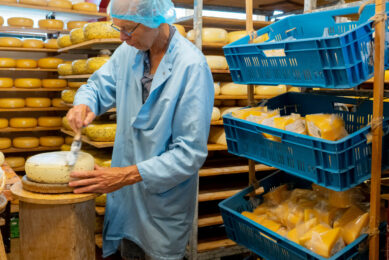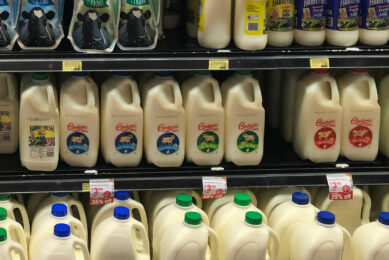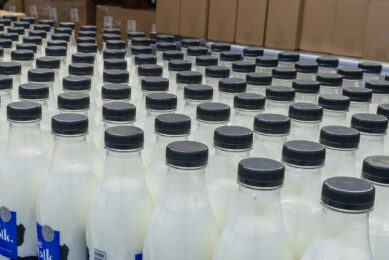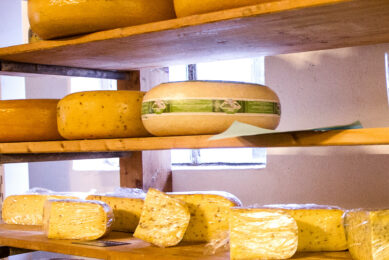Dairy exports: Belarus reveals new targets
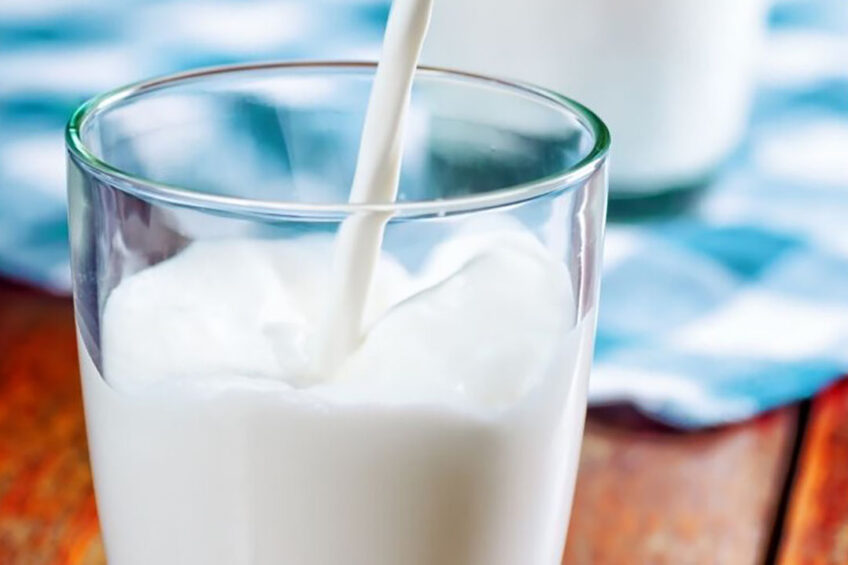
Belarus, the world’s largest dairy producer per capita, aims to ramp up dairy exports from US$2.4 billion in 2020 to US$3.1 billion in 2025 and US$4 billion in 2030, according to Alexey Bogdanov, deputy Belarussian Agricultural and Food Minister.
Speaking during a recent conference, Belarus Dairy in Minsk Bogdanov estimated that the country managed to boost agricultural exports by US$700 million in the last 5 years, thanks to large-scale investments. Exports have been seen growing in all segments, such as cheese, while butter exports slightly decreased during the past few years.
“Belarus ranks third in the world in terms of butter exports, despite the fact that the country has reduced export volumes,” Bogdanov said. “I believe that in this direction, we need to move on and not trade butter in large blocks since this is the past,” he added.
A 30-30-30 formula
To some extent, the growth in exports is secured by ongoing diversification. Belarus authorities put a lot of effort into opening new markets for Belarus dairy products. In 2020, the country managed to export dairy products to 58 countries, compared to 29 in 2015, Bogdanov disclosed. Last year, for instance, the first dairy products were shipped to Kuwait, Morocco, Ireland, Portugal, Malta, and several other countries.
However, most Belarussian dairy products still land in Russia – 74.4% in 2020, according to official statistical data. Artem Belov, chairman of Russia’s union of dairy producers, Souzmoloko, expressed confidence that the developing dairy industry in Russia will be able to replace products currently imported from Belarus in the coming years.
With this backdrop, the Belarussian government officials earlier this year disclosed a new export formula called 30-30-30. It envisaged that in the coming years, Russia and other Eurasian Economy Union members would jointly account for only 30% of Belarussian dairy exports. The EU is expected to purchase the same share. The rest is expected to be delivered to other countries.
Politics to interfere
Belarus export diversification looks ambitious, especially the part of exporting dairy products for more than US$1 billion per year to the EU, but the complicated geopolitical situation is likely to question these plans.
According to Beroc Economic Research Center, in 2022, Belarus will lose as much as 10% of GDP due to the US and European sanctions and falling export supplies. Analysts explained that export in quite a few product categories is growing in 2021, but several trade contracts are set to expire next year and will not be extended due to the sanctions. There is no clarity, however, to what extent the country’s agricultural export would suffer from the sanctions.
Join 13,000+ subscribers
Subscribe to our newsletter to stay updated about all the need-to-know content in the dairy sector, two times a week.



